We have much more to do and your continued support is needed now more than ever.
Big Oil’s Pipeline Scheme to Increase Midwest Gas Prices
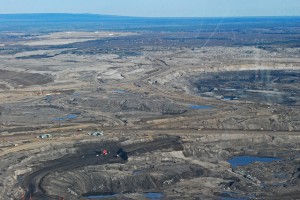
It’s an old story: oil companies increase gas prices and their profits soar. But rarely do we get an inside view of how they manipulate markets to drive up prices, and even rarer still an opportunity to stop it from happening.
This time, Big Oil has been caught with their hand in the cookie jar as they scheme to hike America’s oil bill by $4 billion every year.
This time, we have the industry documents that prove it.
As featured in the Washington Post today, there is growing opposition to the Keystone pipeline that would carry oil from the tar sands of Alberta, Canada to the coastal refineries of Texas.
National Wildlife Federation has recently exposed industry documents that prove that the massive oil pipeline from Canada to the Texas coast is little more than a shell game designed to reduce Canadian oil supplies in America’s Midwest and increase prices by as much as 15 cents a gallon.
Brant Olson of Rainforest Action Network first uncovered the documents (check out Brant’s work shining a light on the banks financing tar sands development here).
TransCanada, the company building the pipeline, laid out the scheme in an analysis (PDF) they presented to the Canadian government designed to highlight the benefits of the pipeline to Canadian oil producers. Ever since TransCanada shifted their attention to the U.S. permitting process, TransCanada and their Washington lobbyists have buried the analysis and been singing a different tune to the Obama administration and Congress.
Here’s how the pipeline scheme would really work:
Step 1: Divert Canadian Oil from the Midwest to Texas — TransCanada is trying to overcome what they call an “oversupply” of Canadian oil to America’s Midwest, which is currently the destination of most Canadian tar sands oil. This leads to cheaper oil prices (the oil companies call it a price “discount”), and Canada’s oil producers don’t like it. They are working with Valero and other oil companies to build the Keystone XL pipeline as a bypass around the Midwest, diverting as much as 500,000 barrels of Canadian oil daily to the port refineries in Texas. Nobody can say where it will go from there. America is increasingly becoming the “middle man” in the global oil trade – we import vast amounts of crude oil, refine it, and increasingly export refined oil products like gasoline and diesel to foreign destinations including Mexico, South America, Europe, and China. 72% of these exports originate in Texas and Gulf Coast refineries, where exports have doubled in the past 5 years.
Step 2: Increase Oil Prices to the Midwest — As Canadian oil imports are shifted from the Midwest to Texas, oil supplies to Midwest refiners will decline. According to TransCanada’s analysis: “Midwest demand for Canadian heavy crude would exceed the available supply and the market price …would be approximately $6.55 per barrel above the 2008 price.” $6.55 per barrel is roughly equal to 15 cents per gallon.
The total drain on America’s economy and pocket books could total $3.9 billion annually. Here’s what TransCanada wrote to Canada’s National Energy Board:
“The resultant increase in the price of heavy crude is estimated to provide an increase in annual revenue to the Canadian producing industry in 2013 of US $2 billion to US $3.9 billion.”
The states on the shortest end of the Keystone dipstick are: Illinois, Indiana, Iowa, Kansas, Kentucky, Michigan, Minnesota, Missouri, Nebraska, North Dakota, Ohio, Oklahoma, South Dakota, Tennessee, and Wisconsin. These are the states in the “PADD II” oil district highlighted in TransCanada’s analysis. These states already pay some of the highest prices in the nation for gasoline. On any given day, people in Chicago are likely to pay 30 cents per gallon more at the pump than people in Houston.
A false pretense
So here’s the bottom line if the Keystone XL pipeline is built: Canadian oil producers get a huge profit windfall, and America gets higher gas prices as well as the pollution from refineries and any pipeline spills.
Conveniently overlooking their own analysis, TransCanada is marketing the pipeline under the pretense that it would significantly reduce America’s dependence on oil from other nations. But there is already more than enough pipeline capacity between Canada and the Midwest to handle whatever oil Canada might produce, even allowing for significant increases in oil production. The U.S. Department of Energy commented on the pipeline that:
“available pipeline capacity for the delivery of crude oil from Alberta to the U.S. exceeds available production now and will continue to do so for some years.”
Simply changing the route of oil we are already getting doesn’t reduce our oil independence, and moving oil from the Midwest to a leading export center isn’t going to keep more oil in America.
What we will get, however, is a dangerous 1,700 pipeline from an industry with a bleak safety track record. In the Great Plains, opposition to the pipeline route has been increasing. TransCanada hasn’t made many friends by intimidating landowners with letters threatening to take their land. Nebraska Republican Senator Mike Johanns and others have raised doubts about the pipeline route, questioning what happens to the vital Ogallala Aquifer and other water resources in the event of a spill such as the one that dumped 800,000 gallons last year into the Kalamazoo River system.

The Alberta oil industry is also receiving increased global scrutiny over the reckless environmental destruction resulting from the sands production process. Squeezing oil out of sands requires vast amounts of energy, land and clean water: it takes four tons of sand strip-mined from what once was a vibrant forest wilderness, and at least 3 barrels of clean water to make one barrel of oil. The process leaves behind toxic lakes that will kill any birds that land on them, suffering a fate as bad as any suffered by the wildlife in the Gulf after the Deepwater Horizons disaster. The scale of the devastation in Alberta defies the imagination, and you can get a birds-eye view from a recent visit I made with NWF Board Director Gloria Reuben and others by clicking here.
In addition to the impacts on the forests and waters of Canada, tar sands oil are one of the dirtiest fuels on the planet, with dramatically higher carbon dioxide emissions from tar sands production compared to conventional oil. The U.S. Environmental Protection Agency reviewed the pipeline project and warned that increased greenhouse gases from the tar sands oil production, compared to conventional oil sources, would be equivalent to building 7 coal-fired power plants. Last year, more than 50 members of Congress raised concerns that increasing our dependence on tar sands oil takes America in the “wrong direction” and away from a clean energy economy.
Alberta has been fighting back, going as far as running an ad in U.S. papers with the headline urging Americans to embrace the pipeline like “a cup of sugar” from your neighbor.
Of course, after picking our pockets for billions of dollars, why not share a little sugar?
The President’s decision
The final decision on this pipeline rests with President Obama. A Presidential Permit is needed for TransCanada to begin construction. About 100,000 people have already asked President Obama to deny the pipeline permit. The decision has so far been left to the State Department, and Secretary of State Hillary Clinton created a stir when she indicated in October she may support the pipeline, saying:
“We’re either going to be dependent on dirty oil from the Gulf or dirty oil from Canada.”
As the stakes get higher and higher for our economy and environment, National Wildlife Federation and others are asking the White House to step in and oversee this decision. Sen. Johanns tells the Washington Post:
“When I think of the State Department I think of many things they do well. But I would tell you, siting pipelines is not anything I would think of when I think of State Department expertise.”
The president should take this opportunity to protect Americans from Big Oil’s price gauging and step up for clean energy.
Speak up now
Urge President Obama and the U.S. State Department to keep dangerous tar sands oil pipelines out of of America’s Heartland.
Learn more
Read National Wildlife Federation’s report on the Keystone XL pipeline: “Staying Hooked on a Dirty Fuel: Why Canadian Tar Sands are a Bad Bet for the United States.”

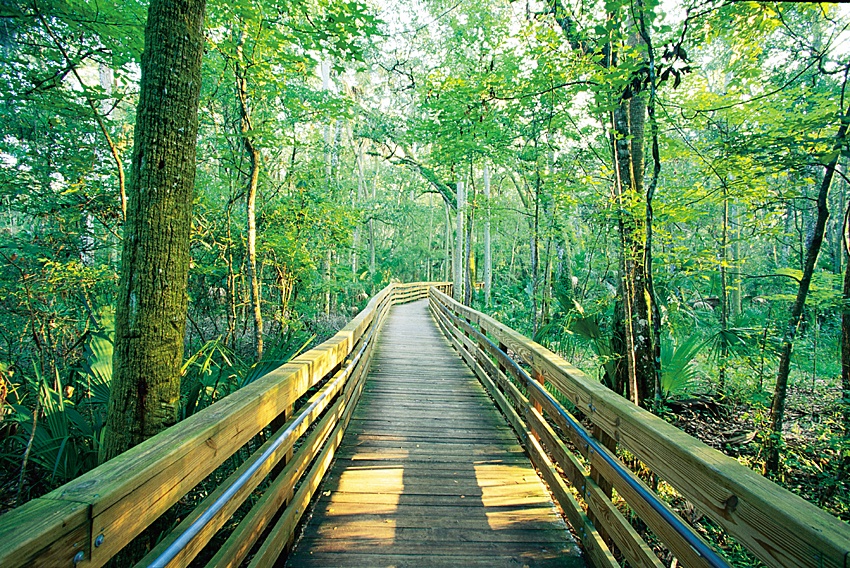









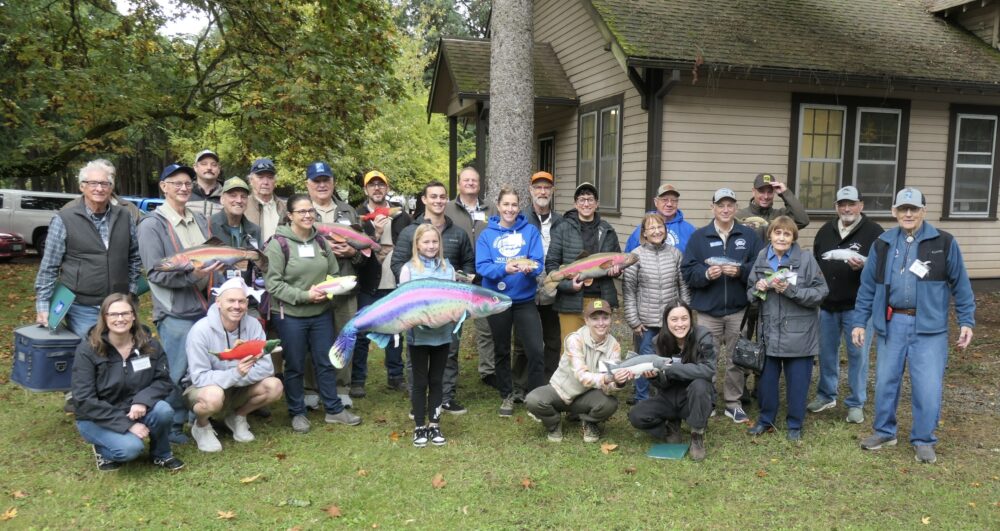
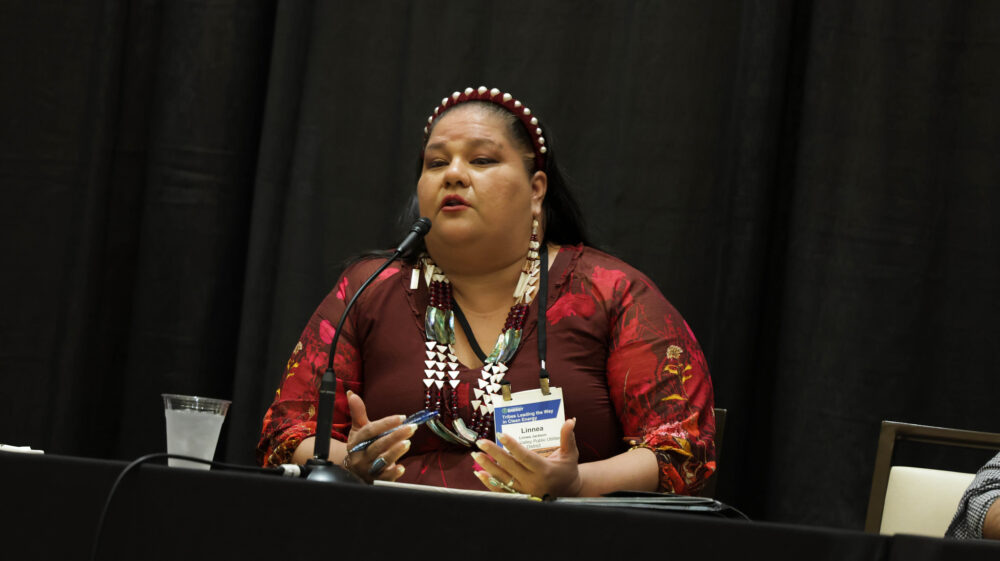
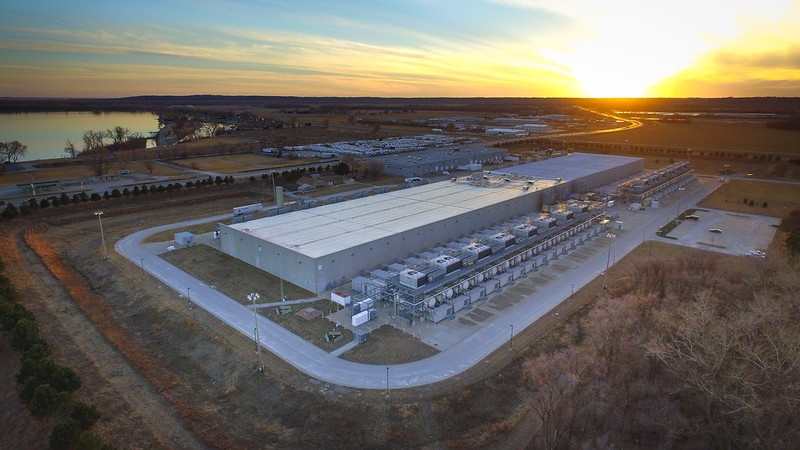


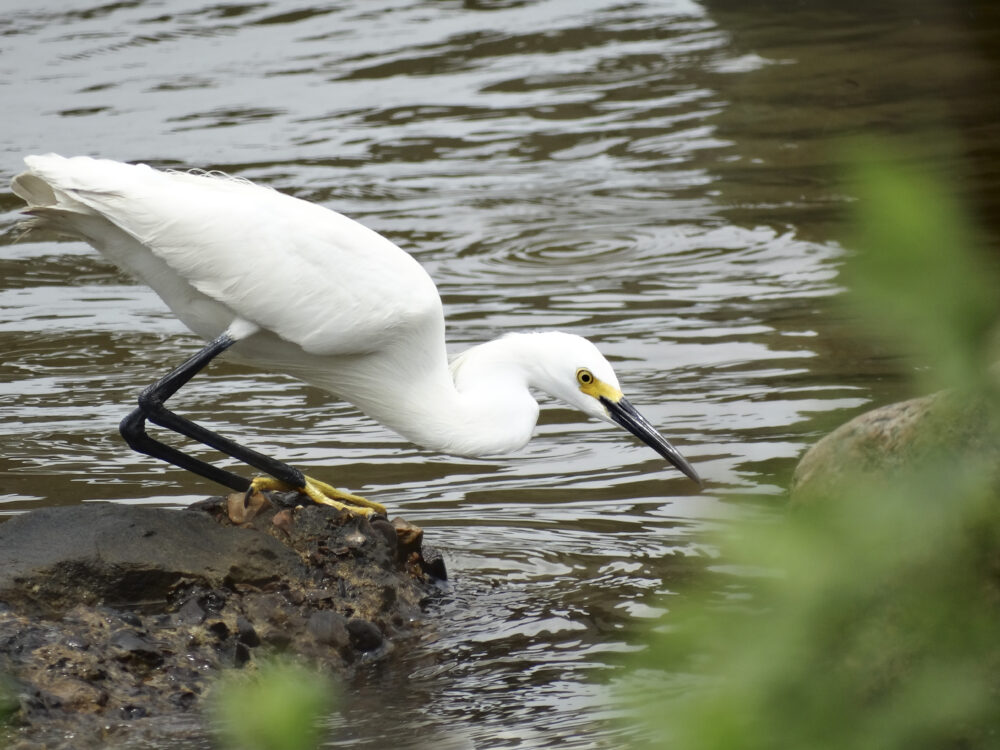
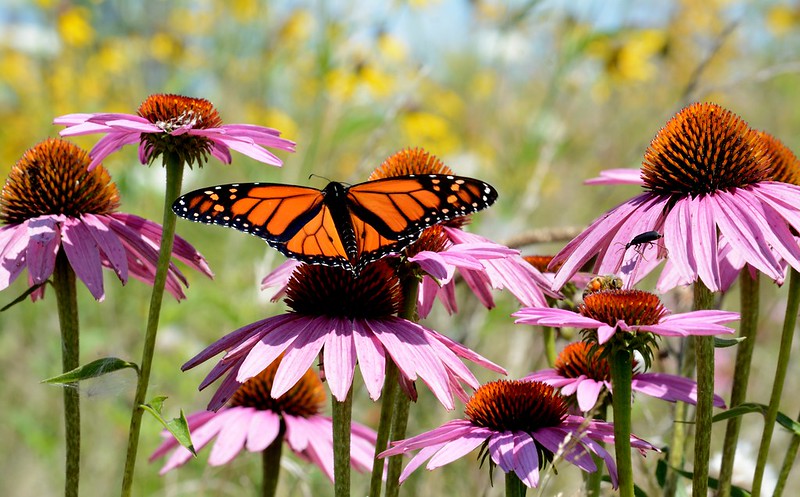



Building Momentum: What’s Next for Beaver Conservation in Colorado